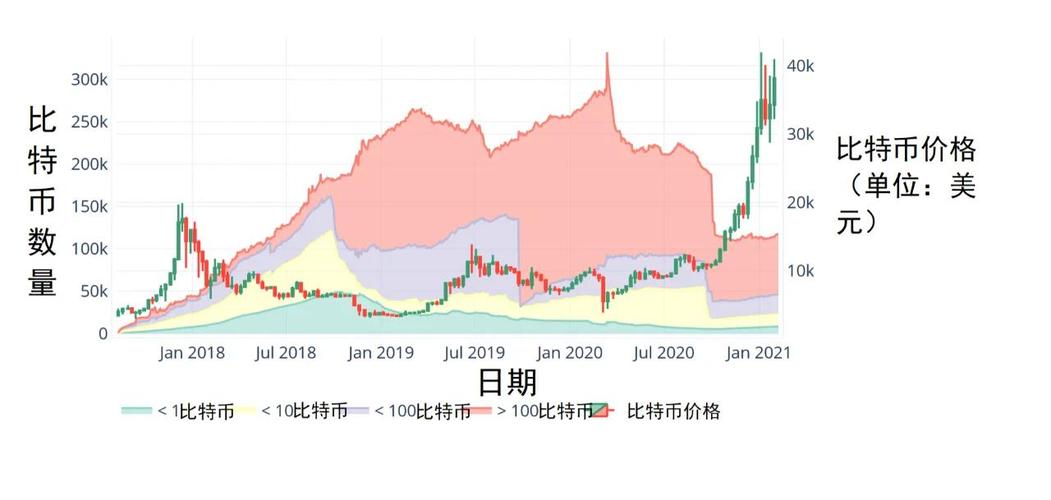The digital gold rush that is Bitcoin mining has irrevocably altered the energy landscape. From Iceland’s geothermal fields to China’s (formerly) coal-fired power plants, the pursuit of block rewards has driven a global surge in electricity consumption. But this energy-intensive process has also sparked a critical conversation: How can we make Bitcoin mining sustainable? The answer, increasingly, lies in harnessing the power of renewable energy sources.

Traditionally, Bitcoin mining has been associated with fossil fuels. The sheer computational power required to solve the complex cryptographic puzzles that secure the Bitcoin network demands massive energy input. However, the inherent volatility of the cryptocurrency market, coupled with growing environmental concerns, is pushing miners towards cleaner alternatives. Solar, wind, hydro, and even geothermal energy are emerging as viable options, offering not only a reduced carbon footprint but also, in many cases, lower operating costs in the long run.
The shift towards sustainable mining isn’t just about altruism; it’s about economic survival. Regions with abundant renewable energy resources, often underserved by traditional power grids, are becoming havens for mining operations. These operations can utilize excess renewable energy that would otherwise be wasted, effectively turning stranded assets into revenue streams. Think of a solar farm in the desert powering rows of ASICs, converting sunlight directly into Bitcoin. This symbiosis benefits both the mining industry and the renewable energy sector.
Mining machine hosting services are adapting to this new reality, actively seeking out locations with access to renewable energy sources. Clients are demanding greener options, and hosting providers are responding by building or partnering with renewable energy facilities. This trend is further amplified by the increasing sophistication of mining hardware. Newer generation ASICs are significantly more energy-efficient than their predecessors, requiring less power to achieve the same hash rate. This allows mining operations to scale more sustainably, even in regions with limited renewable energy capacity.

The future of Bitcoin mining hinges on its ability to decarbonize. While challenges remain – the intermittent nature of some renewable sources, the initial capital investment required – the economic and environmental incentives are undeniable. As technology advances and renewable energy becomes more accessible and affordable, we can expect to see a continued migration towards sustainable mining practices, securing not only the Bitcoin network but also a cleaner future for the planet.
Beyond Bitcoin, other cryptocurrencies are also exploring eco-friendly mining alternatives. Proof-of-Stake (PoS) consensus mechanisms, for example, eliminate the need for energy-intensive mining altogether, relying instead on token holders staking their coins to validate transactions. While PoS has its own set of trade-offs, it represents a significant step towards a more sustainable digital economy. Ethereum’s transition to Proof-of-Stake is a prime example of this shift, drastically reducing its energy consumption.
However, even with the rise of PoS, Proof-of-Work (PoW) cryptocurrencies like Bitcoin will likely continue to exist, albeit with a greater emphasis on sustainability. The inherent security and decentralization of PoW remain highly valued, and the ongoing innovation in renewable energy technology offers a pathway to mitigating its environmental impact. The synergy between cryptocurrency and green energy is no longer a futuristic fantasy; it’s a rapidly evolving reality.
Ultimately, the sustainability of Bitcoin mining, and the broader cryptocurrency ecosystem, is a shared responsibility. Miners, developers, investors, and regulators all have a role to play in fostering a more environmentally conscious industry. By embracing renewable energy, supporting technological innovation, and promoting responsible mining practices, we can ensure that the digital gold rush doesn’t come at the expense of the planet.
Leave a Reply